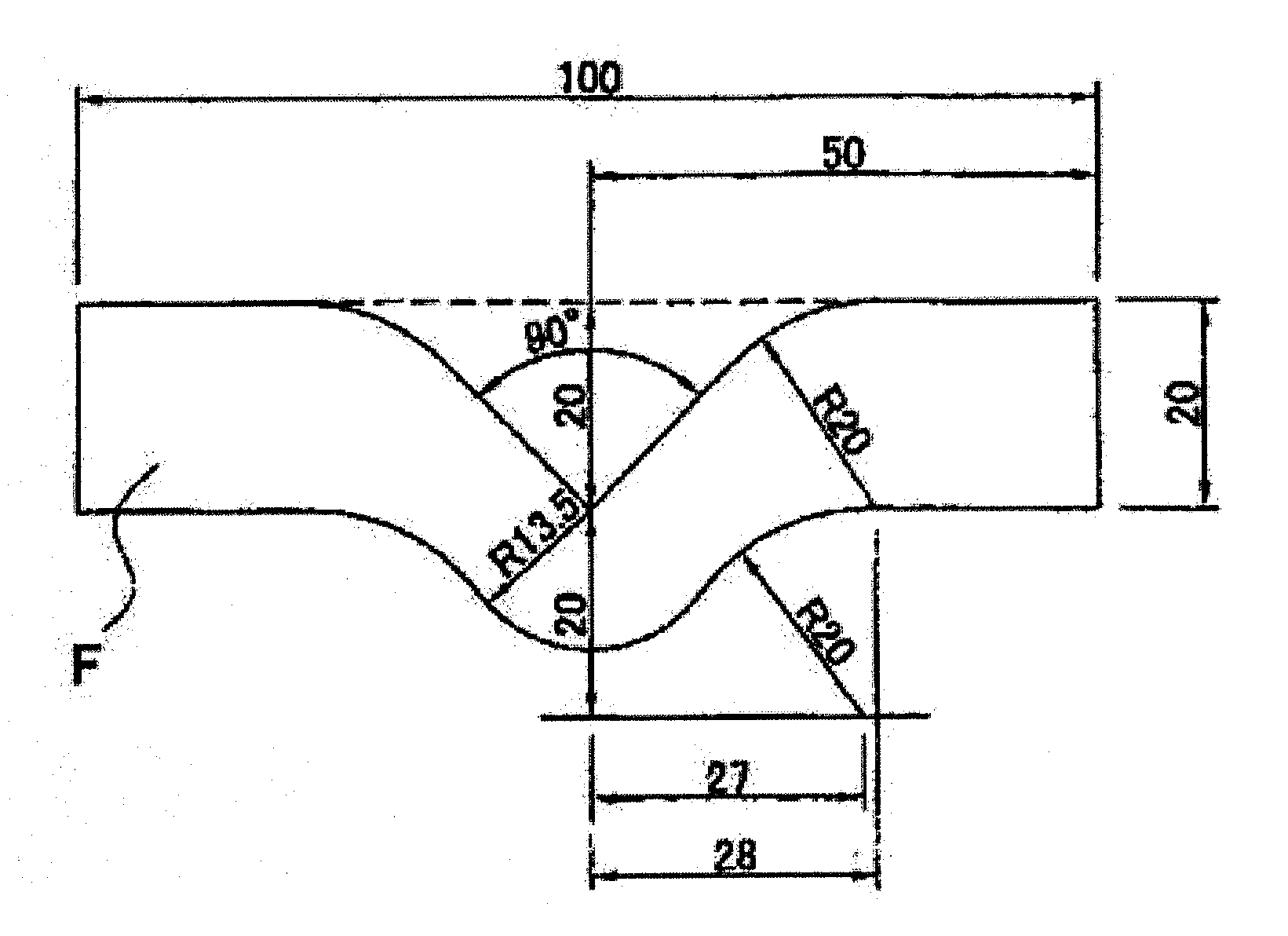Heat-shrinkable white polyester film, process for producing heat-shrinkable white polyester film, label, and package
a technology of white polyester film and heat shrinkable film, which is applied in the directions of transportation and packaging, other domestic articles, synthetic resin layered products, etc., can solve the problems of low heat resistance, poor chemical resistance, and high temperature incineration, and achieve excellent attachability as a label, mechanical strength, and high stiffness.
- Summary
- Abstract
- Description
- Claims
- Application Information
AI Technical Summary
Benefits of technology
Problems solved by technology
Method used
Image
Examples
example 1
[0268]The above-described polyester A, polyester B and polyester D were mixed in a weight ratio of 10:80:10 to obtain a raw material for a Y layer. As a raw material for an X layer, upon mixing the polyester A, polyester B and polyester D in a weight ratio of 10:80:10 in the same manner as in the above, further, 10% by weight of a polystyrene resin (G797N, manufactured by Japan Polystyrene Inc.) and 10% by weight of titanium dioxide (TA-300, manufactured by Fuji Titanium Industry Co., Ltd.) were added thereto and mixed. The raw materials of an X layer and a Y layer were each charged in separate biaxial screw extruders and mixed, and the mixture melt was jointed in a feed block and then melt-extruded through a T-die at 280° C., wound around a rotating metal roll cooled at a surface temperature of 30° C. to quench, thereby obtaining an undrawn film having a thickness of 484 μm and a laminated structure of Y / X / Y (Y / X / Y=121 μm / 242 μm / 121 μm). The take-up speed (rotation speed of metal r...
example 2
[0273]A heat-shrinkable white film was continuously produced by the same method as in Example 1 except that in place of 10% by weight of a polystyrene resin added in the raw material for an X layer in Example 1, 10% by weight of a crystalline polypropylene resin (FO-50F manufactured by Grand Polymer Co., Ltd.) was used. The properties of the film obtained were evaluated by the same method as in Example 1. The evaluation results are shown in Table 3. It was a good film like the film of Example 1.
example 3
[0274]The above-described polyester A, polyester B, polyester C and polyester D were mixed in a weight ratio of 10:15:65:10 to obtain raw material polyesters for an X layer and a Y layer, and each was charged in an extruder. Upon mixing, only to the raw material for an X layer, in the same manner as in Example 1, 10% by weight of a polystyrene resin (G797N, manufactured by Japan Polystyrene Inc.) and 10% by weight of titanium dioxide (TA-300, manufactured by Fuji Titanium Industry Co., Ltd.) were added. Thereafter, each mixed resin was melt-extruded in the same condition as in Example 1 to form an undrawn film. The Tg of the undrawn film was 67° C. The undrawn film was formed into a film in the same condition as in Example 1, thereby continuously producing a biaxially drawn film of about 40 μm in 500 mm width. The properties of the film obtained were evaluated by the same method as in Example 1. The evaluation results are shown in Table 3.
PUM
| Property | Measurement | Unit |
|---|---|---|
| shrinkage | aaaaa | aaaaa |
| shrinkage | aaaaa | aaaaa |
| shrinkage | aaaaa | aaaaa |
Abstract
Description
Claims
Application Information
 Login to View More
Login to View More - R&D
- Intellectual Property
- Life Sciences
- Materials
- Tech Scout
- Unparalleled Data Quality
- Higher Quality Content
- 60% Fewer Hallucinations
Browse by: Latest US Patents, China's latest patents, Technical Efficacy Thesaurus, Application Domain, Technology Topic, Popular Technical Reports.
© 2025 PatSnap. All rights reserved.Legal|Privacy policy|Modern Slavery Act Transparency Statement|Sitemap|About US| Contact US: help@patsnap.com


